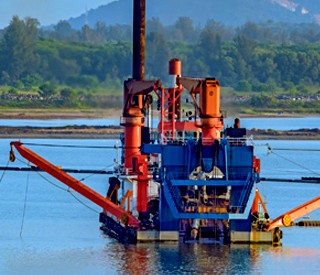As digitalization gains quick traction across various industries, the shipping sector is not far behind in embracing transformative technologies. We are rapidly moving towards an era where unmanned ships are becoming a reality. With autonomous vessels promising increased efficiency and safety, it's only natural that the inspection processes should also evolve. Welcome to the start of our digital journey, where we explore the potential of digital inspection software for the shipping industry.
The maritime industry has a rich history of technological advancements, from the invention of the steam engine to the modernization of navigation systems. However, the past decade has witnessed an unprecedented surge in digital innovation, transforming traditional practices in shipping. The incorporation of Artificial Intelligence (AI), the Internet of Things (IoT), and data analytics has revolutionized the way shipping operations are conducted.
The vision of unmanned ships is no longer a distant dream but a promising reality on the horizon. Autonomous vessels are equipped with advanced sensors and AI-driven systems that enable them to navigate the open seas without the need for a human crew. As these autonomous ships are being tested and gradually integrated into maritime operations, it becomes evident that the traditional inspection processes must evolve in tandem.
The traditional method of conducting ship inspections involves a team of marine surveyors physically inspecting the vessel to ensure compliance with safety regulations and maintenance standards. This process is not only time-consuming but also poses certain risks to human surveyors, especially during inspections in harsh weather conditions or dangerous environments.
As we sail towards an era of unmanned ships, it only makes sense to envision a future where inspections are also conducted entirely remotely. With AI-driven technologies becoming increasingly sophisticated, digital inspection software will evolve to offer comprehensive assessments without the need for any human presence onboard.
Imagine a world where shipping companies can monitor their entire fleet remotely, accessing real-time data about the condition of each vessel, identifying potential maintenance issues, and ensuring compliance with international maritime regulations, all from the comfort of a central command center. The possibilities are endless, and the benefits immense.
The digital journey in the shipping industry has already begun, and the adoption of digital inspection software is a significant step towards embracing the future of autonomous shipping. With enhanced safety, increased efficiency, and cost savings, these innovative solutions are poised to revolutionize the way ship inspections are conducted. It is crucial for companies to recognize the potential of digital inspection software and its role in optimizing operations and ensuring safety on the high seas. Embracing this transformative technology will not only drive growth and competitiveness but also foster a sustainable and secure future for the shipping industry. The time to embrace the digital wave of change is now!

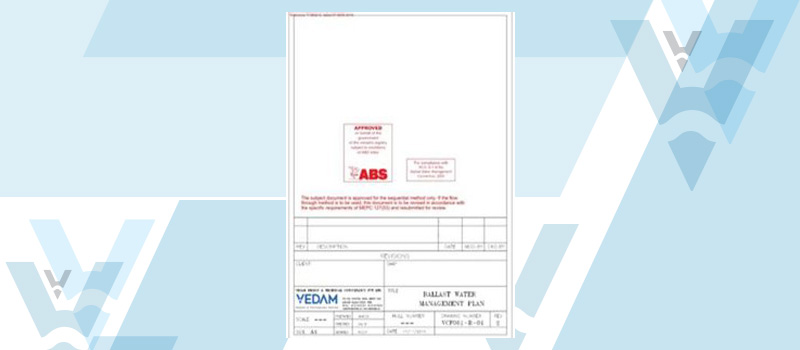
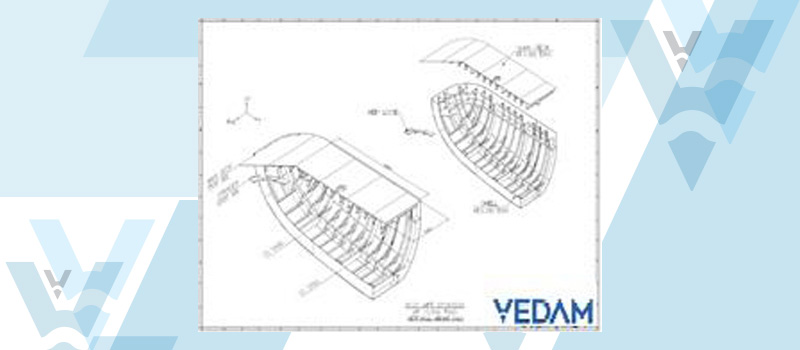

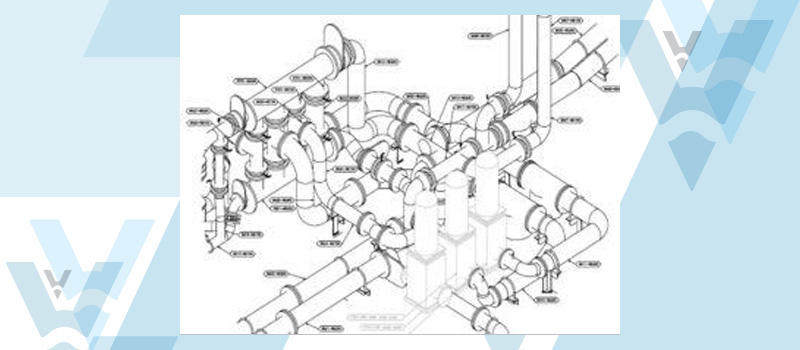
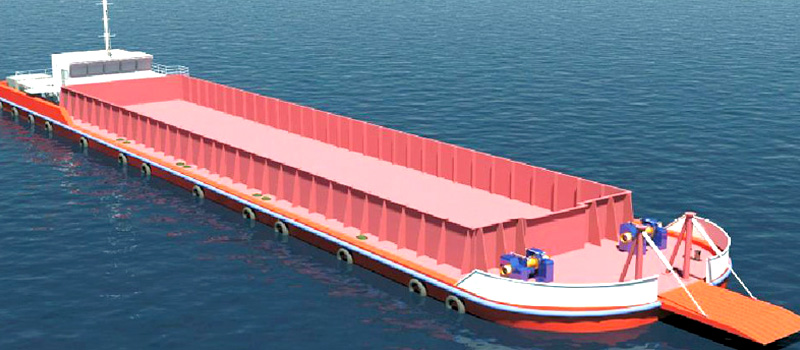
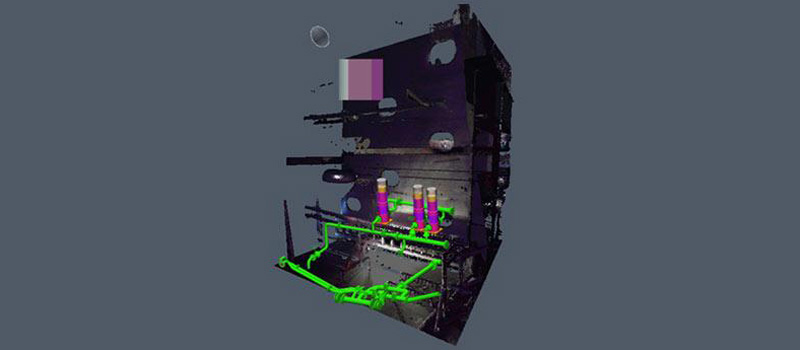
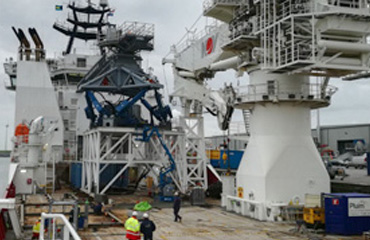
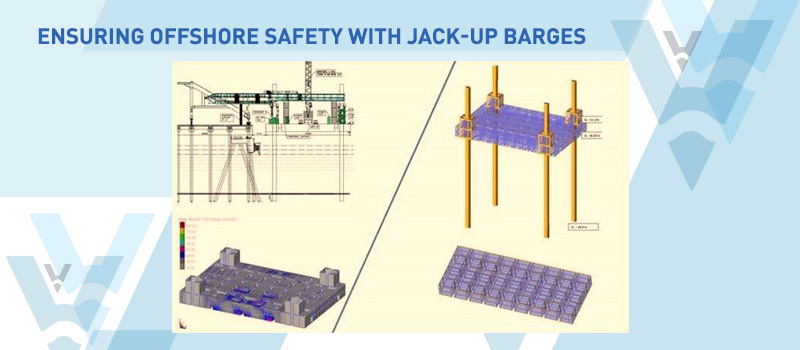
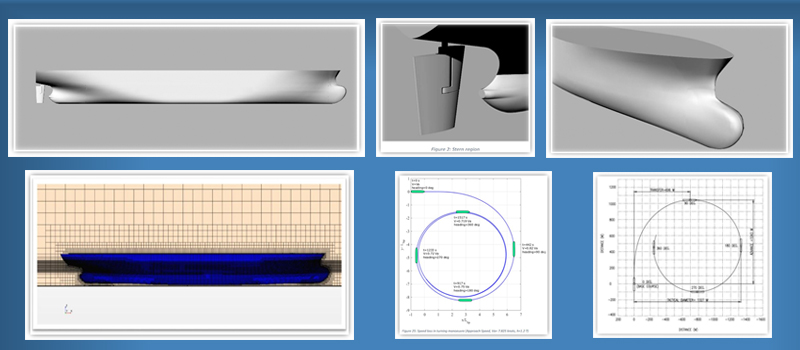
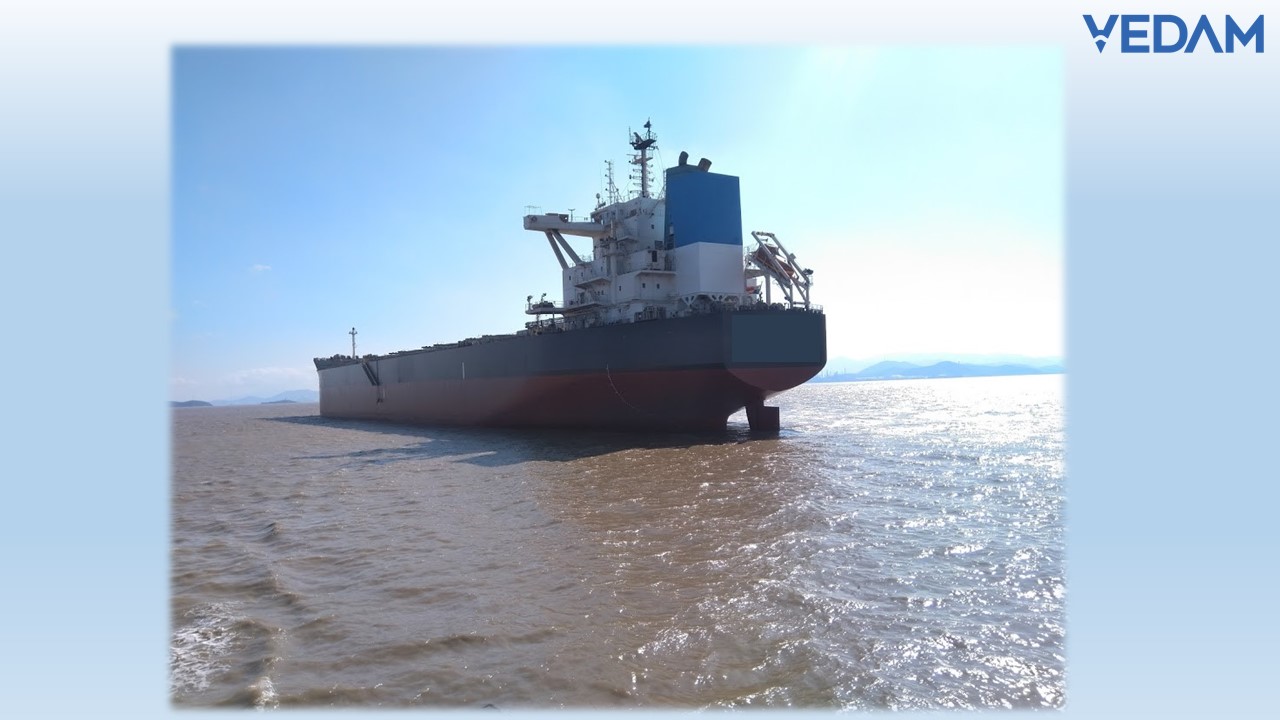
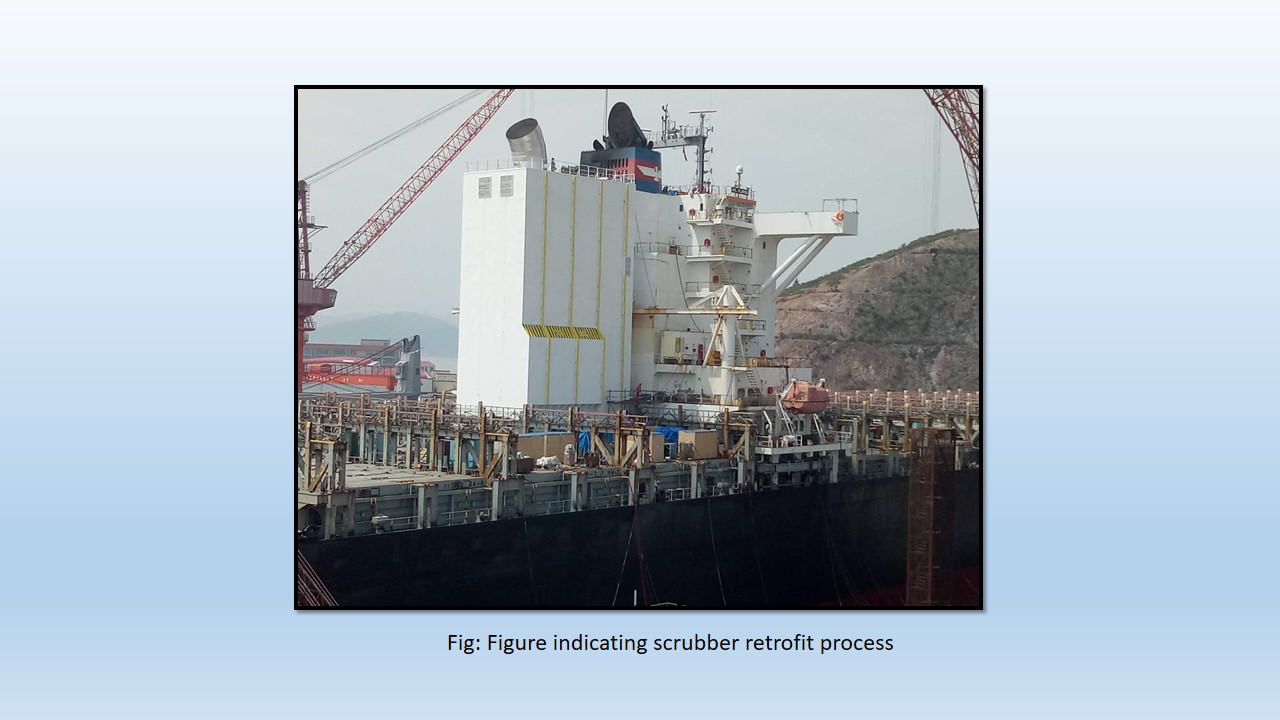
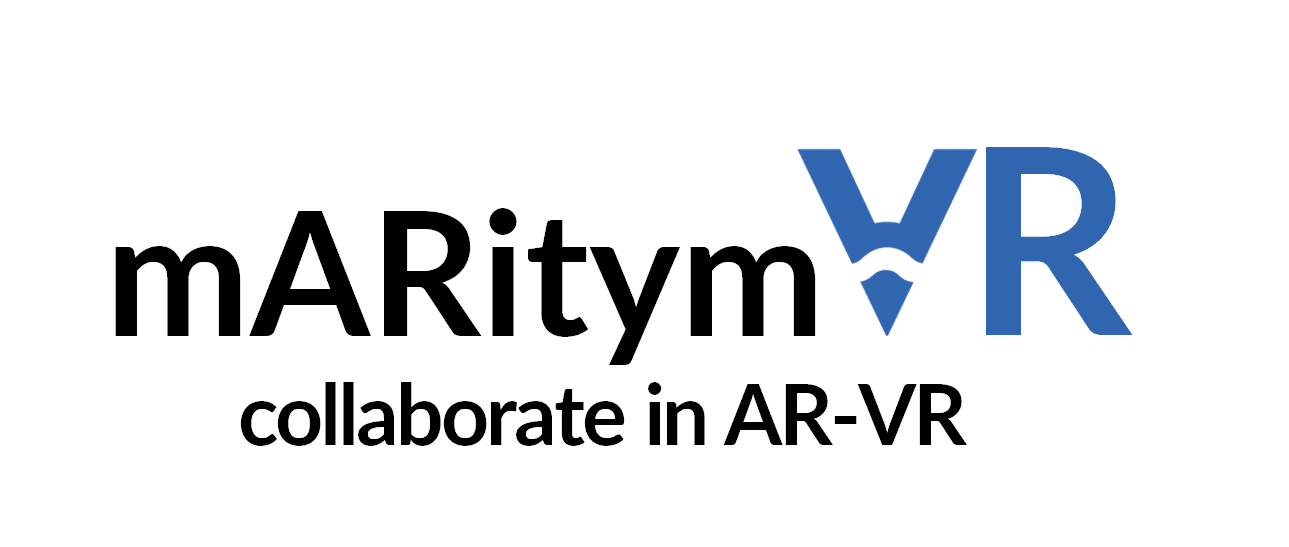
.png)
.png)
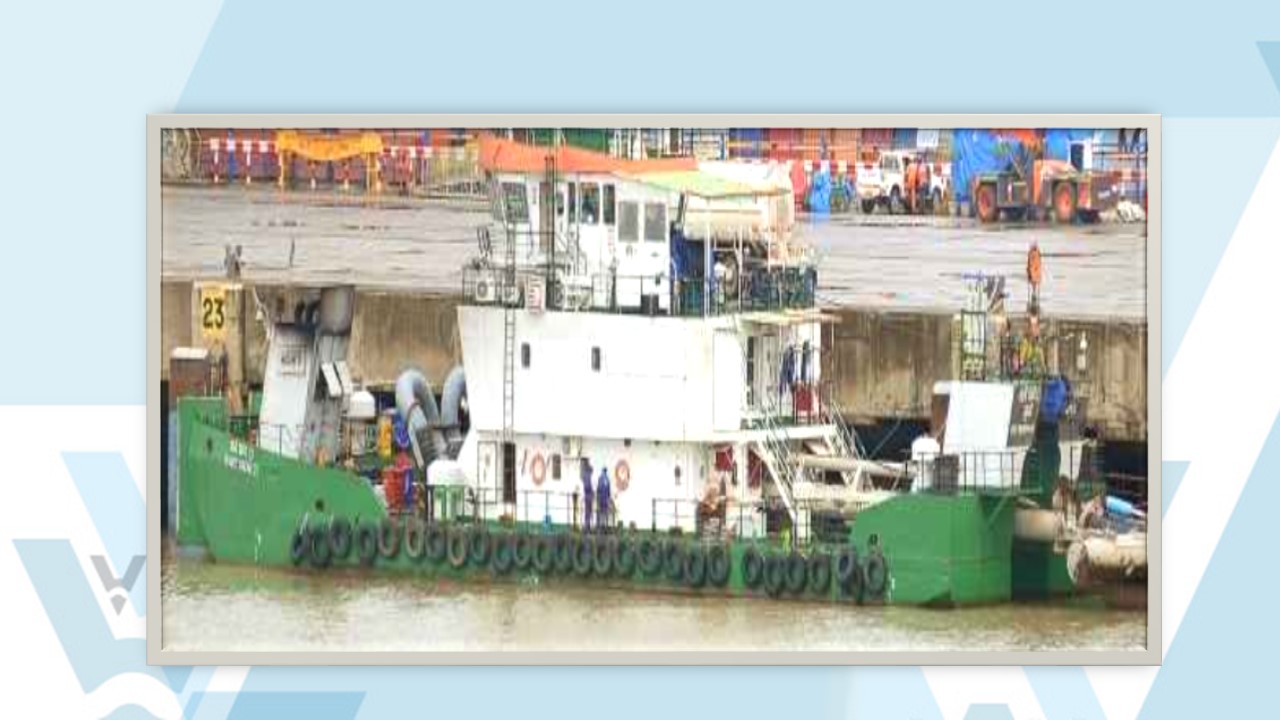
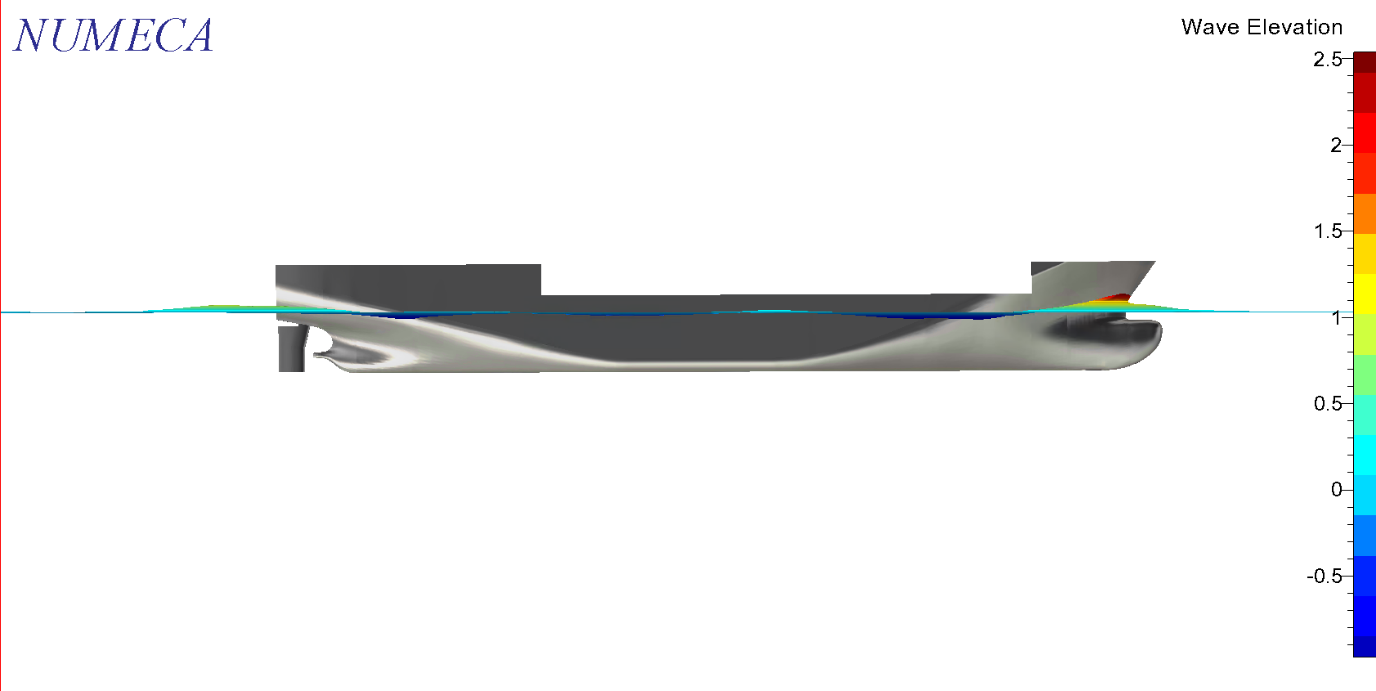





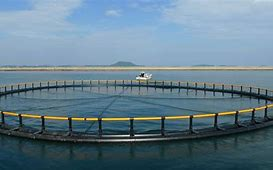
.png)
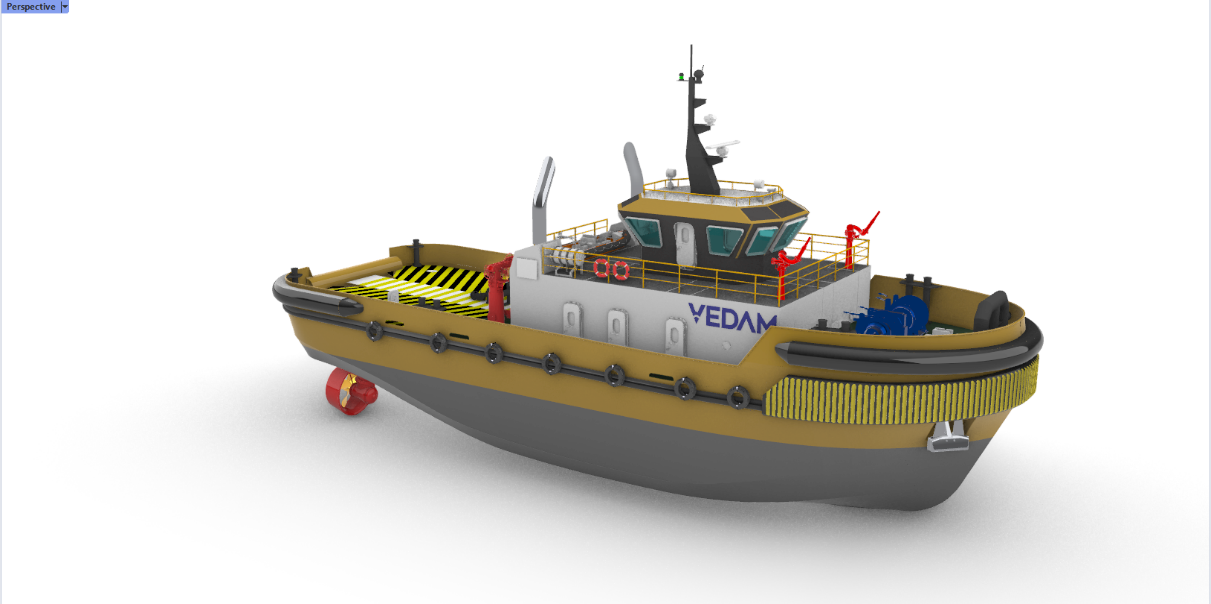
.png)

.jpg)

.jpg)


